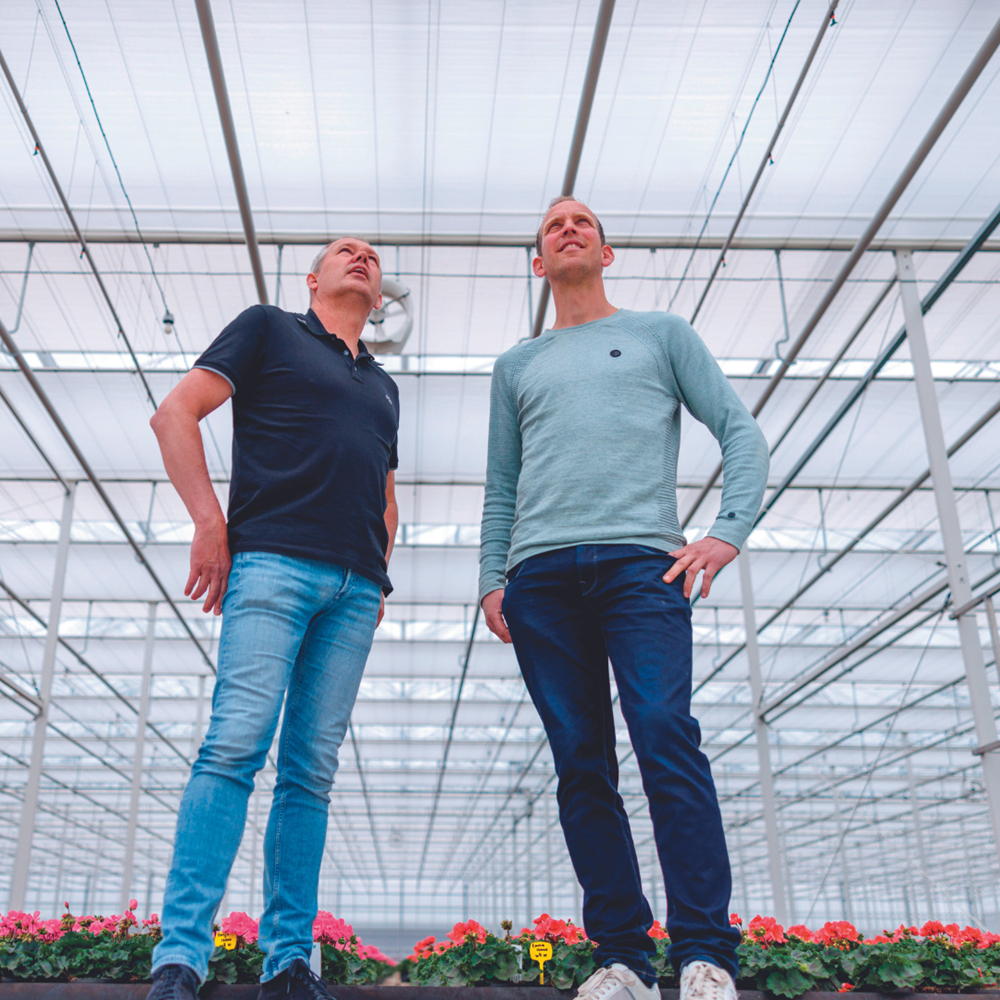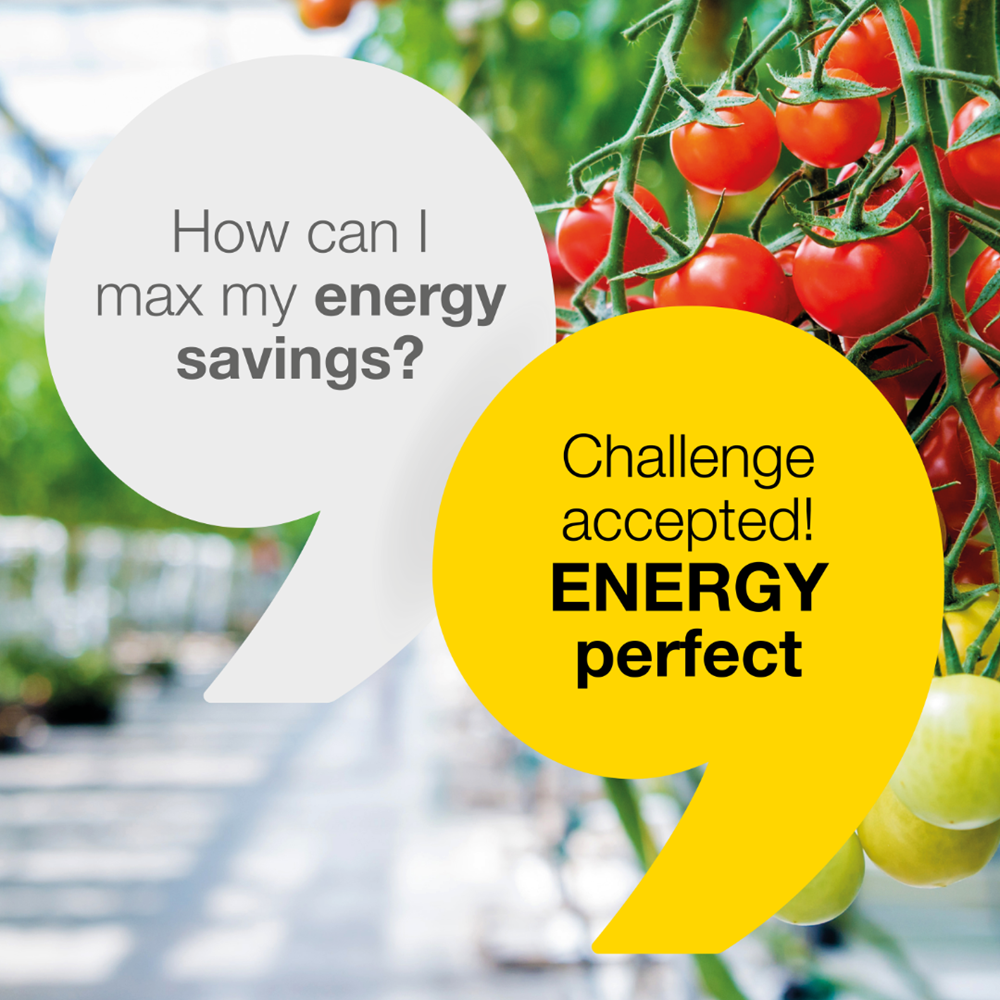Energy savings tools & resources
Optimal Climate, Maximized Savings
Greenhouse growers face significant energy costs, often consuming nearly half of their yearly expenses. Svensson offers solutions to reduce energy consumption and boost profits. Our expert advisors, energy-saving products, rebate support, and informative white papers are here to help you save. Climate screens are essential in cutting greenhouse energy costs by providing insulation. They trap heat, reducing the need for excessive heating in colder periods and prevent heat loss at night for stable temperatures. During warmer periods, they regulate sunlight influx, curbing overheating. By creating a controlled environment, these screens help growers decrease reliance on energy-consuming systems, leading to substantial savings and increased profitability.
Luxous: The brightest energy saver
Luxous screens offer high light transmission, exceptional quality, and significant energy savings, making them ideal for day and night greenhouse use. They enhance plant balance, aligning with the Plant Empowerment philosophy. With recent innovations, Luxous now has a solution for every grower.
Achieve maximum savings with Climaflow
Svensson's ClimaFlow, the next step in climate control. This solution combines the ClimaFlow System with Svensson’s advisory service, Climate House.
ClimaFlow enables growers to keep their climate screens closed, fully utilizing the screens to achieve an optimal, progressive climate for their crops. Svensson’s advisory team provides continuous support throughout the identification, installation, and implementation process. This comprehensive support ensures that the ClimaFlow solution is maximized, allowing growers to effortlessly "grow with the flow."
Advantages of ClimaFlow
Energy Monitor
Custom advice, real-time savings
Svensson Energy Monitor is a real-time monitor in LetsGrow.com that visualizes savings (and missed savings) in energy and money when using climate screens. It provides automated advice for the right screen strategy, helping growers get the most out of climate screens.
Based on greenhouse measurements from the climate computer the module calculates and shows current and historical savings using the Svensson climate screens. Linked to this, Energy Monitor gives a unique and automated advise the grower how energy savings can be maximized by opening, closing or changing screening strategy.

Energy saving resources for growers
Rebates Guides Looking for rebate programs? We’ve got you covered helpful guides and application support for programs throughout North America.
|
Screening Guide Ready to optimize your screens for the maximum energy saving? Our guide explains how growers can leverage screens for energy savings.
|
Double Screening It is proven that double screens save the most energy. Check our guide that details how double screening can save up to 65% more energy.
|

ENERGYperfect
ENERGYPerfect is a double screen solution for more energy savings at night by combining the new all-aluminum Obscura 9970 FR A climate screen with a Luxous energy screen. This allows growers to save even more energy.
As part of ENERGYperfect, Svensson is introducing a new all-aluminum climate screen. This new screen is a flame retardant Obscura all aluminum climate screen, which blocks assimilation light, has a high screening value which allows it to be applied in lighted crops also to keep the light from the lamps in the greenhouse has and increases the plant temperature. It gives additional energy savings, increases the plant temperature and is a very good match for LED lighted crops.
___________________________________________________________________________________________________________________________


 Luxous 1147 Eco FR
Luxous 1147 Eco FR Luxous 1147 H2no FR
Luxous 1147 H2no FR













